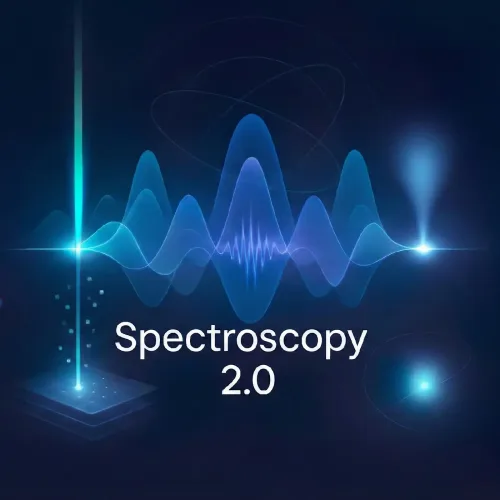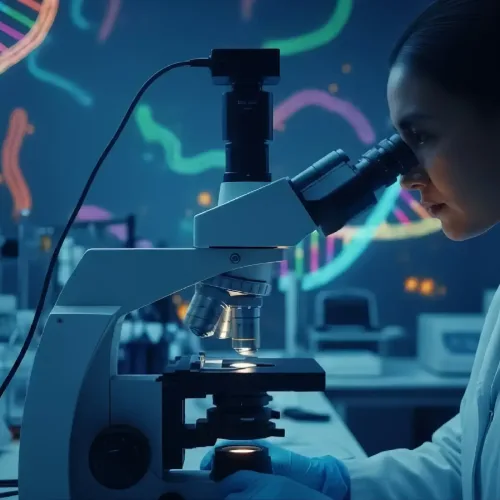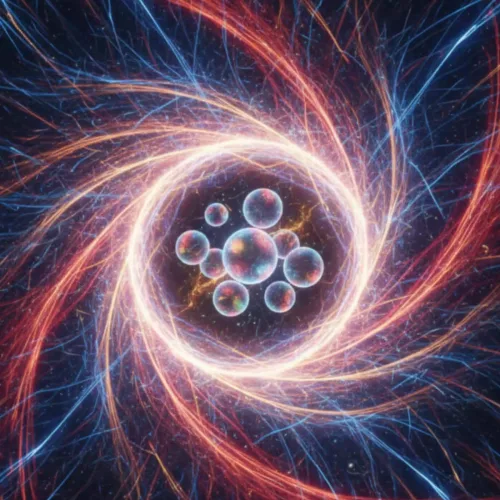Imagine walking on the beach. From far inside the deep-blue waters, the sun is slowly climbing the horizon edge. All around, every wave and thick tree and even the grass blades seem to resist climate change. Both serenity and resilience come to this scene as a testimony to nature’s quiet, determined struggle. The blue carbon ecosystems have special powers to protect the environment. Mangroves and seagrasses form nature’s strong defense by working together to protect ecosystems. Community leaders and experts say that preservation of the habitats is bringing encouraging results.
As one climate scientist recently said,
Blue Carbon Ecosystems are nature’s unsung heroes, protecting both our coastlines and our climate
This article will explain how this ecosystem works. It will provide practical examples. Then it will look at how and why ecosystems are key to sustainable innovation.
What Are Blue Carbon Ecosystems?
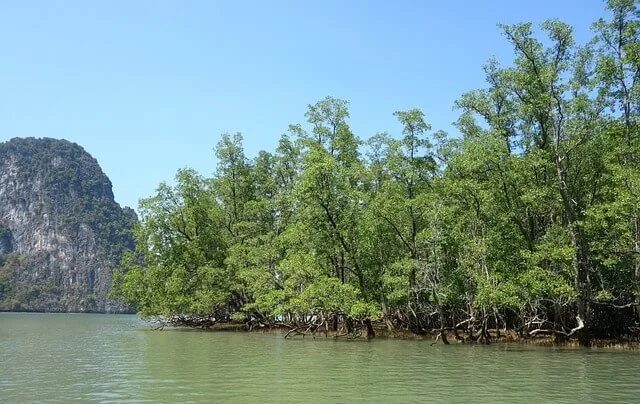
Marshy shores and seagrass meadows act like superheroes. They trap carbon dioxide and shield the planet. Blue carbon would do the same! The coastal areas support three unique ecosystems that include mangrove seagrasses and salt marshes. These environments remove carbon from atmospheric air, then store it in soil sediments and preserve it in plant organisms. The tangled roots look like those of a tree hugging the earth. Carbon got locked away by these plants for centuries.
And they store huge amounts of carbon. Research from Conservation International indicated that they can store carbon up to 10 times more per acre. Way more than a normal land forest. They can also protect coastlines from storm damage and provide habitat for fish, crabs, and birds. Blue Carbon Initiative is a collaboration of scientists and conservationists, they do so much in so little space.
Major Components of Blue Carbon Ecosystems
1. Mangroves
Mangroves are salt-resistant trees that grow on coastlines. The mangroves tend to grow well on mudflats and coasts laden with water. Their roots are immersed in saline waters, providing stabilization for the tree while soaking up carbon dioxide and storing it in muddy soil. Kew Gardens could send me to Puerto Rico to kayak through a mangrove tunnel, which felt vibrant with birds and fish, all owing their livelihoods to those trees.
Key Benefits of Mangroves:
- Absorb up to four times more carbon than tropical rainforests.
- Provide habitats for diverse marine species.
- Act as buffers, reducing storm surges.
Mangrove belt is a very strong shield very close to the community and the coast. Actually, it can put on a band-aid if properly applied, and this can ultimately reduce costs. Dr. Jane Smith from NOAA describes it well. She says,
Mangroves are like superheroes for our coasts. They save lives and store carbon at the same time.
They are homes for baby fish and crabs, they are hotspots for biodiversity.
2. Seagrasses
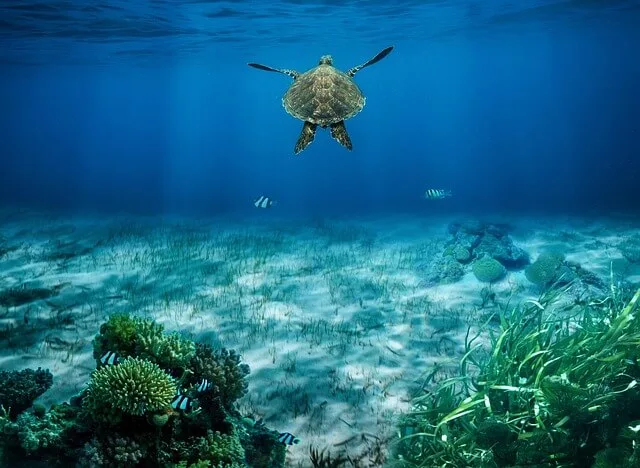
Seagrasses often go unnoticed, but they are quiet warriors under the ocean floor. The ocean ground is covered in green waving sheets holding several homes, allowing the storage of all the carbon among its roots. I experienced snorkeling above a seagrass bed located in the Caribbean ocean waters. The underwater area featured an unnoticeable forest landscape. Tiny fish were darting around.
Seagrass Contributions:
- The process captures carbon at a rate 35 times faster than what tropical forests manage.
- Protect coastlines from erosion.
- Support fisheries and biodiversity.
Seagrasses have another important role. They balance two functions: cleaning water by trapping dirt and pollutants and storing carbon, just like mangroves. Seagrass meadows can store as much carbon as tiny forests, which ultimately is vital for the fight against climate change.
Here’s a quick comparison:
| Feature | Mangroves | Seagrasses |
|---|---|---|
| Location | Coastal, above and below water | Fully underwater |
| Carbon Storage | 500–1,000 tons/hectare | 300–600 tons/hectare |
| Extra Benefits | Storm protection, biodiversity | Water filtration, fish habitats |
How Blue Carbon Ecosystems Fight Climate Change
Blue carbon ecosystems naturally sequester carbon, which helps earth. Their tax is outstanding, beyond that of the ordinary forest, to sequester carbon for thousands of years. One hectare of seagrass, in its chemical pathway and biomechanical design, holds as much carbon as 15 hectares of Amazon rainforest. This is so much more than the other. Data from Conservation International has tallied these ecosystems to store 83 million metric tons of carbon on an annual basis. This is equivalent to the carbon emissions generated by 18 million cars. Some of its services are listed below.

They are also coastal bodyguards. For instance, in Bangladesh, mangroves help reduce storm damage by 50%, saving houses and lives. Seagrass helps strengthen the seafloor and prevents erosion due to rising seas. These ecosystems serve to support the Paris Agreement globally by giving a natural way to achieve the goals of carbon reduction. An IUCN-supported project in Senegal restored 10,000 hectares of mangroves. It sequestered 200,000 tons of carbon. The project provided new employment opportunities to people nearby. Proof that nature and people can win together.
Challenges Facing Blue Carbon Ecosystems
These ecosystems are precarious in that they are perpetually threatened by human activities. Coastal development involving resorts and shrimp farms has managed to wipe out half of the world’s mangroves in a period of 50 years, according to the WWF. Pollution caused by things like plastic and oil is also strangling seagrasses, inhibiting their growth.
Climate change further worsens the situation. Rising sea levels are capable of drowning mangroves, while warming seas are becoming stress factors for seagrasses. I gleaned this information from one coastal town where dying seagrass left the waters murky with little fish to salivate. It proved a disheartening reminder of the fragile state of these systems.
Conservation is key. Maria Gonzalez from WWF says it best:
Protecting blue carbon ecosystems is a win-win for people and the planet.
Restoration projects are being constructed worldwide. Replanting mangroves or cleaning seagrass beds are two examples of initiatives. However, they require more help to carry on.
How You Can Support Blue Carbon Ecosystems
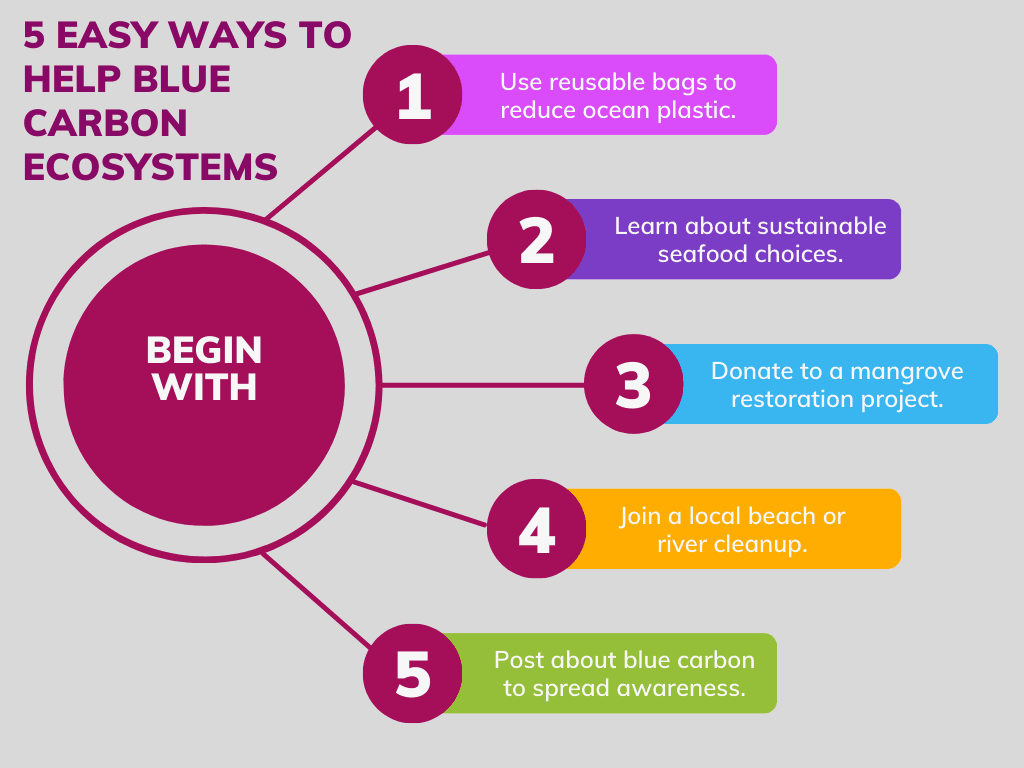
It doesn’t take a Ph.D. to save blue carbon ecosystems. I began as a child interested in the ocean! Try replacing single-use plastics with reusable plastics to keep beaches clean. Apps like Seafood Watch help consumers choose fish that are not depleting seagrass habitats. I started using metal straw because of the sight of plastic litter in a mangrove swamp; that feels like a minor victory.
Support organizations such as WWF or Ocean Conservancy fund some of the world’s most futuristic restoration projects, such as drone-planted mangroves in Thailand. Even just posting on social media about blue carbon can make a difference. One campaign went viral last year and planted 1,000 mangrove trees in locations across India. Your voice counts. Take part in a beach clean-up campaign if you are nearby; I helped with one in Miami, and it was surprisingly fun.
Conclusion
Blue carbon ecosystems such as mangroves and seagrasses work wonders for the planet. They act as carbon sinks, coastal protectors, and living quarters for all sorts of creatures. In my entire research of blue carbon ecosystems. I have been convinced that such ecosystems are among the best nature has in the service of climate change mitigation. However, they do need help from us to stave off dangers such as pollution and development.
Every step we take to protect our Blue Carbon Ecosystems is a step toward a healthier, more resilient planet. – Environmental Advocate
Let’s begin our support for these coastal champions. They are not just plants. They are the lifeline of our planet. We need to provide some handholding for them more than ever.


